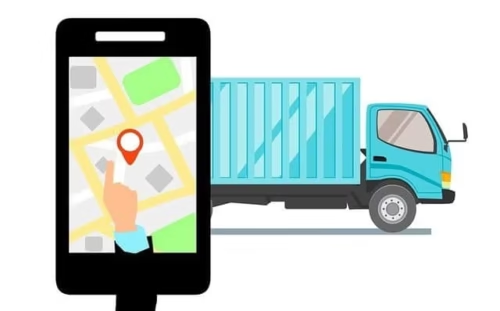Electronic logging devices, also known as ELDs, are now requirements for trucks in many countries. These are devices that are installed in trucks and connected to the engine to record various events such as engine run time, idling, and fuel consumption, among others. The main purpose of electronic logging devices is to record hours of service (HoS), which has numerous benefits in the fleet.

ELDs come in similar basic features, but they may differ a bit when you look at the detailed services. Fleet managers and owners should therefore make all considerations before buying this solution. The insights shared below will help you understand electronic logging devices, particularly how they work.
How Electronic Logging Devices Work
Modern ELDs are plugged in the truck OBD so that they can access the ECU of the truck and take the data it is designed to. It can record data whether the engine is on or off, but its scope of work depends on the software that is installed in the device.
To access the information of the electronic logging devices in real-time, the device is connected to the internet and the information can be accessed through the fleet management dashboard.
Purposes of Electronic Logging Devices
As mentioned, in many countries, it is now mandatory to have electronic logging devices installed in fleet trucks. This is to ensure that all truck fleet operations are standardized and optimized. For your fleet truck to meet the standards and enjoy the benefits we are going to discuss below, you could try here to see the best ELDs they have. Here are the main purposes electronic logging devices
· Tracking hours of service – HoS determines the productivity of each truck driver. This device helps the fleet company determine which driver is working according to the set standards and who is not. Apart from increasing their productivity, it also reduces conflicts between the two parties when remunerating the work done.
· Monitoring driving behavior – ELDs usually record the driving speed, idling time, and other driving behavior that can be used to improve the operations. It is important that fleets should take advantage of these devices for positive growth of operations.
· Reducing the management burden – Technology is here to reduce the manual work by humans. Electronic logging devices automate a lot of work and increase accuracy, which in return makes everything easy. The management does not have to wait for drivers to bring reports which could have errors due to being hurriedly done.
· Reduces insurance premiums – Truck fleet companies that have complied with the ELD requirements usually pay lower premiums as compared to those that have not.
· Driver safety – This is a hidden benefit of electronic logging devices that many truck companies have yet to realize. When a driver’s driving behavior is regulated, they end up driving safely.
Conclusion
ELDs are crucial devices for trucks and even in countries where it is not mandatory, fleet companies should install them to enjoy the benefits we have discussed above. Ensure that you have installed state-of-the-art electronic logging devices for optimum benefits.